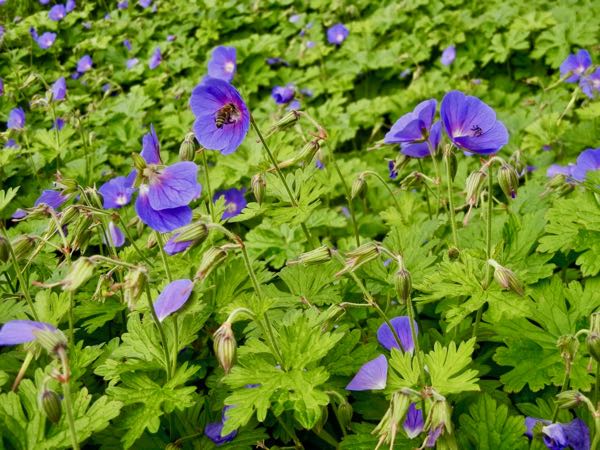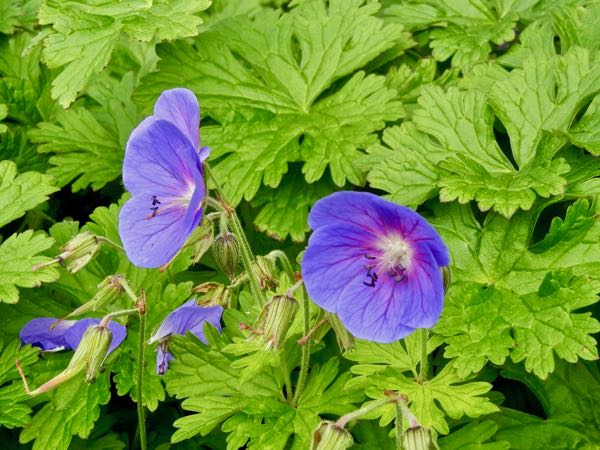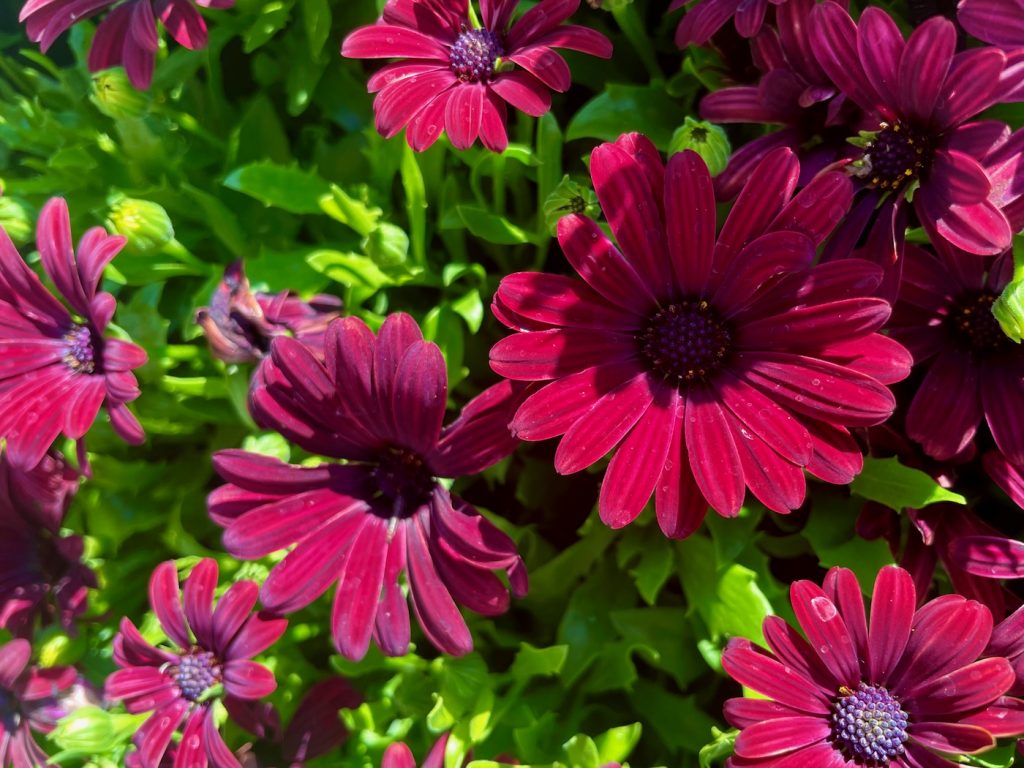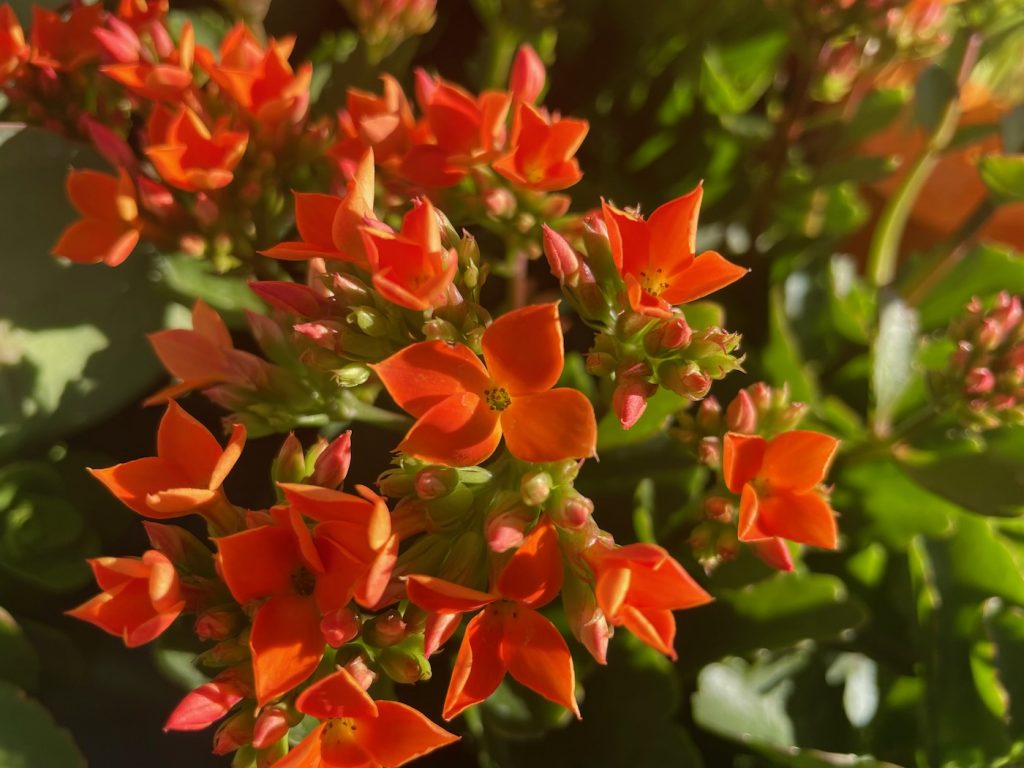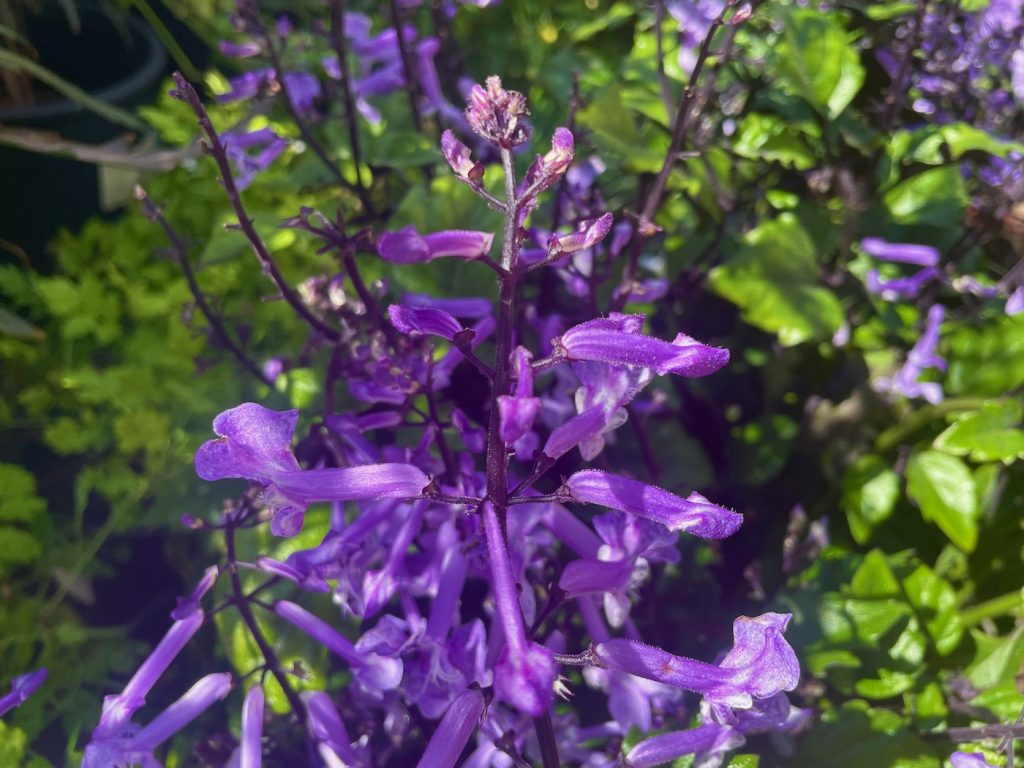Exploring the Enchanting Beauty of Geranium himalayense: Unveiling the Himalayan Cranesbill
Geranium himalayense, also known as Geranium grandiflorum, Geranium meeboldii, Geranium himalayense Alpinum, or Geranium himalayense var. Meeboldii, is a captivating herbaceous perennial that belongs to the Geraniaceae family of plants. Revered for its exquisite charm, this delightful species is commonly referred to as Himalayan Cranesbill or Lilac Cranesbill. With origins tracing back to the majestic Himalayan region, spanning Russia and China, Geranium himalayense showcases a remarkable blend of beauty and resilience.
Growing in a rhizomatous manner, Geranium himalayense forms dense mats, creating a stunning groundcover effect. This lovely perennial reaches a height of up to 18 inches or 45 centimeters, providing an impressive presence in any garden setting. The deeply cut palmate leaves of Geranium himalayense not only add texture and visual interest but also undergo a mesmerizing color transformation during autumn, enchanting observers with hues of autumnal beauty. Adding to its allure, Geranium himalayense produces elegant, white-eyed blue flowers, each approximately 5 centimeters or 2 inches wide. These exquisite blossoms grace the plant during the summer and autumn months, offering a burst of delicate charm to the surroundings.
Cultivation: Nurturing the Splendor of Geranium himalayense
To cultivate Geranium himalayense and fully embrace its enchanting beauty, it is essential to provide optimal growing conditions. By following these cultivation guidelines, you can create an environment that promotes healthy growth, abundant flowering, and the longevity of this exceptional species:
Sunlight: Geranium himalayense thrives when grown in locations that receive either full sun or partial shade. While it tolerates shade, providing ample sunlight encourages more prolific flowering.
Soil: Plant Geranium himalayense in moderately fertile soil that maintains consistent moisture levels, without becoming waterlogged. Ensure the soil remains moist but not overly wet. This adaptable species can tolerate various soil conditions, including clay, loam, and sandy soil.
Propagation: Geranium himalayense can be propagated through division and basal cuttings. Divide established clumps in early spring or take basal cuttings during the growing season to create new plants. Provide adequate moisture and warmth to promote successful rooting and establishment.
Maintenance: Regularly deadhead faded flowers and remove old leaves to encourage continuous blooming and maintain a neat appearance. Keep a watchful eye for common pests such as capsid bugs, sawflies, and vine weevils. Additionally, be mindful of fungal diseases like downy mildew or powdery mildew. Promptly address any issues that may arise with appropriate pest control or treatment methods. Geranium himalayense is known to be rabbit tolerant and often attracts butterflies, adding an extra touch of charm to your garden.
Embrace the captivating allure of Geranium himalayense and welcome the Himalayan Cranesbill into your garden sanctuary. By providing the ideal balance of sunlight, well-drained soil, and attentive care, you can relish in the ethereal beauty and enduring grace of this exceptional flowering perennial.
